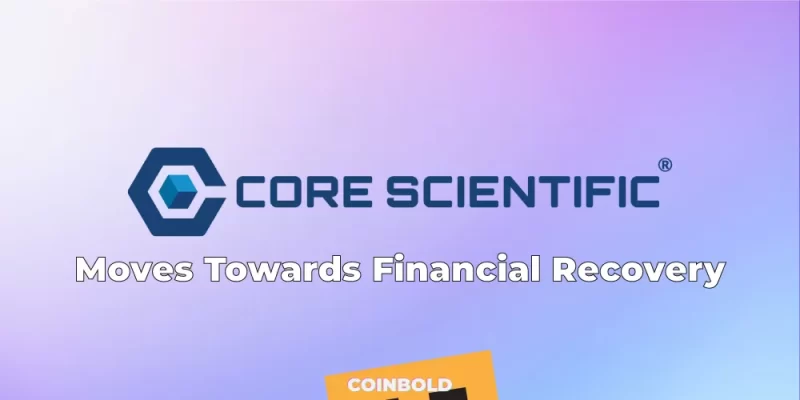Core Scientific, a struggling Bitcoin miner, has taken a significant step towards financial recovery by submitting its Chapter 11 bankruptcy plan. The necessary paperwork was filed in the United States Bankruptcy Court for the Southern District of Texas Houston Division following negotiations with key stakeholders.
The company is working towards gaining consensus on its future path as it navigates through the bankruptcy proceedings. Core Scientific’s liquidity has improved since filing for Chapter 11 bankruptcy and it is now focused on restructuring its business plan for a successful comeback. Factors such as higher Bitcoin prices, an increase in network hash rate, and reduced energy costs have all contributed to the company’s improved financial performance.
Under Chapter 11 bankruptcy, a company is allowed to continue operating while stakeholders discuss a restructuring plan. This plan may involve actions such as downsizing operations to reduce debt or selling assets to repay creditors. Core Scientific’s bankruptcy plan outlines how the company intends to reorganize itself and repay its creditors.
The bankruptcy plan states that holders of allowed debtor-in-possession (DIP) claims will receive full satisfaction of their claims on the effective date of the bankruptcy plan. This satisfaction may come in the form of full cash payment or an agreed-upon alternative treatment. Any liens securing the DIP claims will also be terminated, removing the secured interest in the company’s assets.
Previously, Core Scientific had obtained court approval to secure a loan of up to $70 million from B. Riley, one of its largest creditors. This loan is intended to repay the existing debtor-in-possession financing loan, which also originated from B. Riley.
The company filed for bankruptcy on Dec. 21, 2022, due to declining revenue during a period of low BTC prices. The filing came shortly after a creditor offered assistance to Core Scientific to prevent potential bankruptcy.
Compiled by Coinbold

